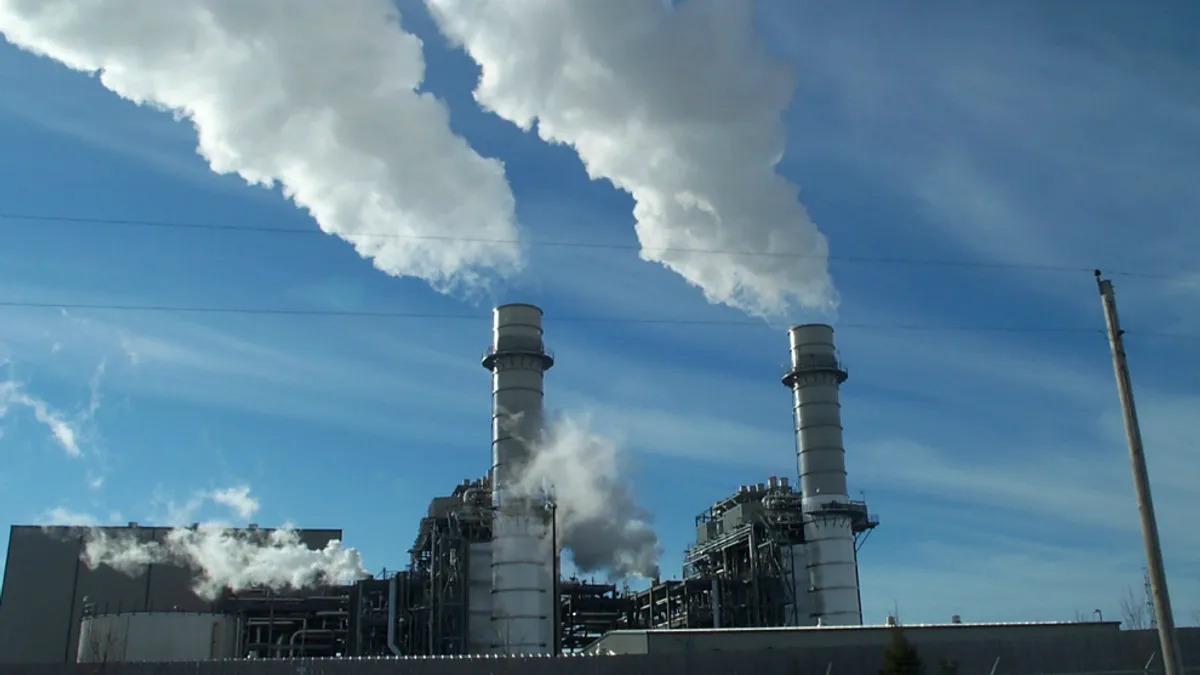Dive Brief:
- California electric utilities are struggling to meet peak demand in hot summer weather due to constraints on their natural gas supply, Argus reports.
- A recent call from the California ISO to conserve energy — the first in two years — came as the state's power companies faced temperatures over 90 degrees and import constraints from the Pacific Northwest.
- A combination of demand response programs and public conservation kept demand below dangerous levels, but the demand for gas was high. During the peak hour July 1, gas supplied more than 62% of the state's power.
Dive Insight:
As California utilities move toward aggressive renewables and emissions targets, they are increasingly relying on natural gas to both serve as a bridge fuel and to balance out the intermittency of renewable sources like wind and solar.
Since the state enacted its renewable portfolio standard in 2003, 62% of the 21,000 MW of new power capacity constructed in California has been of natural gas, according to JTC. That's due largely to the fact that wind and solar have low capacity factors, meaning they are often not available to generate power, leaving the flexible natural gas resources to step in and account for demand.
That means that when temperatures rise, boosting demand, the state is especially vulnerable to interruptions in gas supply. The calls for conservation — dubbed Flex Alerts — on June 30 and July 1 came as SoCalGas issued a warning for emergency curtailment affecting certain gas plants in the Los Angeles basin. Gas imports from the Pacific Northwest were also curtailed due to higher temperatures and power demand in those states.
Argus reports that utilities across the western U.S. withdrew 1 Bcf of gas from storage to meet demand in the week of the Flex Alert, during a period when they typically add 11 Bcf into storage facilities. Wholesale power prices rose 51% in Northern California and 44% in Southern California in the lead-up to June 30, when the alert was issued.













